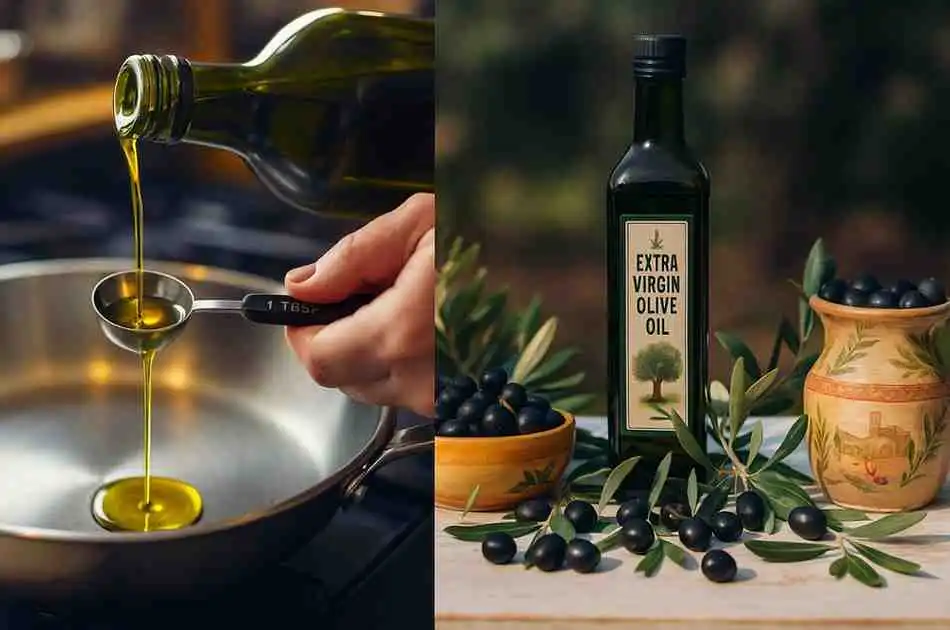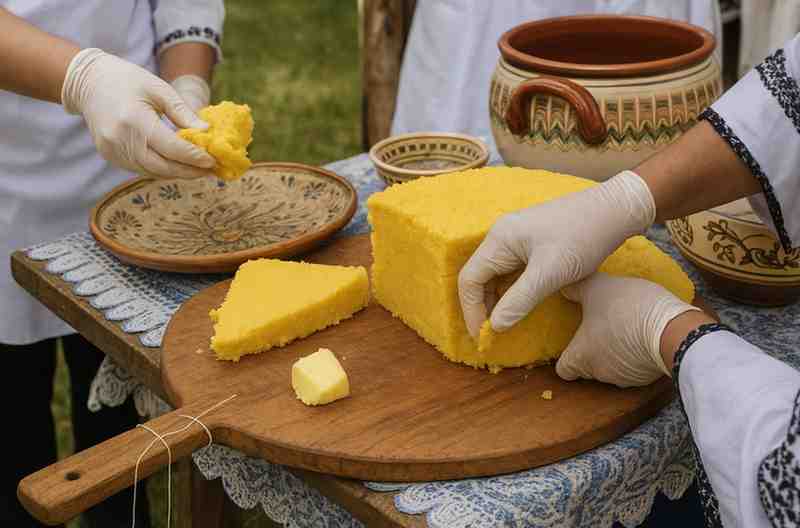A Hallmark of Italian Gastronomy
When I first learned about preserving food in oil, it felt like stepping into a piece of living history. Across villages in Italy, families have passed down methods that transform simple products into something remarkable. What begins as a whole vegetable or herb soon becomes a jar of rich flavors, carefully sealed with golden oil. This craft is not just practical—it’s a hallmark of Italian life, woven into everyday meals and celebrations.
Over time, I’ve noticed how much gastronomy values both flavor and tradition. The benefits of this technique go beyond taste—it ensures longevity while keeping the essence of the ingredient intact. Elders often shared their tips, reminding me of the importance of safety when preparing jars at home. Their wisdom made me realize that this is more than preserving; it’s about respect for food and a lifestyle deeply rooted in culture.
Preserving Food in Oil: Italian Tradition and Flavor
From Scarcity to Mediterranean Art
Initially this practice was developed to extend the shelf life of simple foods, especially during harsh periods of scarcity when fresh supplies were limited. My grandmother often told me how this method was not just about survival but also about creativity—turning humble ingredients into treasures that could last for months. I still remember watching her line jars on the wooden shelf, each one holding a story of resilience and care.
Over time, the tradition evolved into an art form that truly embodies the rich flavors of the Mediterranean. I’ve personally found joy in trying it at home, experimenting with herbs and vegetables that soak up the oil beautifully. Each jar feels like a bridge between the old ways and modern cooking, a reminder that something born from necessity can grow into a celebrated culinary experience.
Preserving Food in Oil: Italian Tradition and Flavor
History and Origins
The roots of preserving food in oil trace back to antiquity, when the Romans were among the first to recognize olive oil as both a valuable product and a natural preservative. By immersing food in oil, they learned to isolate it from air, slowing the growth of bacteria and mold. I remember reading about how this technique would spread across the Mediterranean, and it struck me how such a simple yet essential method shaped the lives of rural families. For them, being able to store the fruits of their labor through the harsh winter months was a matter of survival.
Over the centuries, this practice transitioned from a practical necessity into a symbol of tradition and culinary refinement. I’ve personally tried preserving vegetables in olive oil at home, and while it connects me to those early methods, it also feels like an art that carries history into the present. Each jar tells a story of resilience, patience, and the balance between nature’s gifts and human ingenuity.
Preserving Food in Oil: Italian Tradition and Flavor
How the Process Works
When it comes to preserving food in oil, there is a series of essential steps designed to ensure both product safety and quality. It begins with careful ingredient selection, where only fresh, high-quality ingredients like artichokes and zucchini are chosen. They are harvested at their peak ripeness to capture optimal flavor and texture. During preparation, vegetables are thoroughly washed and dried to remove impurities, with tough outer leaves discarded to reveal the tender hearts.Some foods require blanching or pre-cooking, where they are brieflyboiled in a solution of water and vinegar. This process not only enhancespreservation but also intensifies the taste. Once prepared, the vegetables are completelysubmerged in extravirginolive oil, forming a protectivebarrier against oxidation and aerobicbacteria. For long-term storage, the jars are carefully sealed and kept airtight in cool, darkplaces to maintain their flavor and integrity. From my own experience, these small details make all the difference in keeping homemade preserves safe and delicious.
Preserving Food in Oil: Italian Tradition and Flavor
Benefits of Preserving Food in Oil
This method offers numerous advantages, both gastronomic and practical. By preserving food in oil, you can retain the natural flavors and textures of the ingredients while also enhancing them. Using extra virgin olive oil with its antioxidant properties not only protects food from spoilage but also adds a unique aroma and richness. I’ve often found that a simple jar prepared this way delivers an authentic taste of Italian tradition, connecting everyday meals with a sense of cultural depth.
From my own kitchen experience, whole artichokes in oil are a versatile addition to antipasto platters or gourmet salads, while sliced zucchini can elevate side dishes, act as a delicious topping for sandwiches, or even complement crisp bruschetta. These combinations make it easy to transform humble foods into memorable dishes that honor both flavor and heritage.
Preserving Food in Oil: Italian Tradition and Flavor
Potential Risks and How to Avoid Them
Although preserving food in oil has many benefits, it requires careful handling to mitigate risks and protect safety. One of the biggest concerns is the potential growth of Clostridium botulinum, a bacterium that thrives in oxygen-free environments. To prevent this, experts recommend acidification, where blanching foods in a water and vinegar solution lowers the pH, creating an unsuitable setting for bacterial activity. I have personally seen how a simple step like this can make homemade preserves much safer without losing their quality.
Other crucial measures include sterilization—all jars and tools must be thoroughly sterilized before use. Proper storage is also vital, as products should be kept in cool conditions and consumed within recommended timeframes. By following these guidelines, it becomes possible to safely enjoy the authentic flavors of preserved foods. From my experience, taking the time to respect these steps not only ensures safety but also keeps tradition alive in the most reliable way.
Preserving Food in Oil: Italian Tradition and Flavor
Regional Specialties and Cultural Significance
Every region in Italy has a unique way of preserving food in oil, often reflecting the local ingredients and traditions of that place. In Puglia, artichokes in oil not only taste wonderful but also symbolize hospitality and celebration. In Campania, I once enjoyed marinated zucchini served as a summer staple, alongside peppers and porcini mushrooms, each finding its own expression through olive oil. I realized during my travels that these recipes are not just dishes but living parts of culture.
Beyond taste, preserved foods also carry symbolic value. In the past, they ensured a family’s survival through long winter months when fresh produce was scarce. Today, they represent a culinary heritage that truly deserves to be remembered and shared. Whenever I prepare these recipes at home, I feel part of something larger—a tradition that connects generations across time and place.
Whole Artichokes and Sliced Zucchini: Two Must-Try Delicacies
Among the many foods preserved in oil, two stand out as truly exceptional choices—the whole artichokes and the sliced zucchini. Their delicate flavor and tender texture make them perfect for enriching appetizers or a refined side dish, while zucchini brings versatility, proving ideal for creative recipes or even as a standalone treat. At Refineat, I’ve seen how each jar of food is prepared with meticulous selection, as we collaborate with trusted producers who use their decades of expertise in the craft of preserving. The result is a product that not only captures authentic Mediterranean flavors but also meets the highest standards of quality.












Leave a Reply